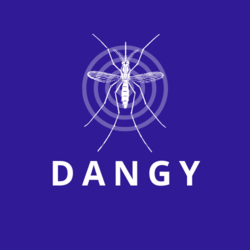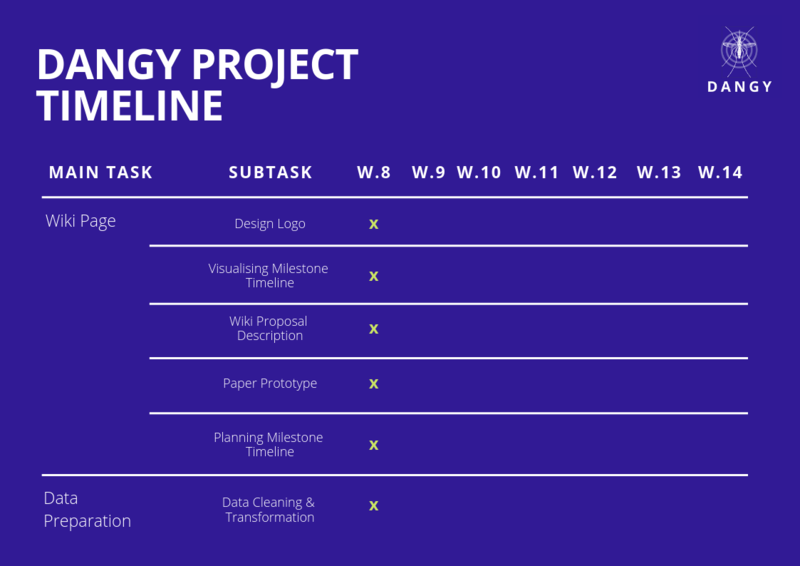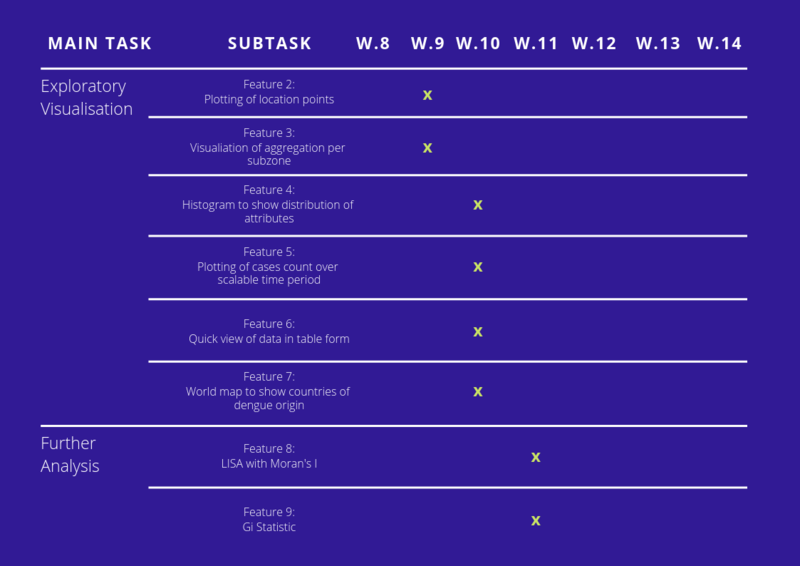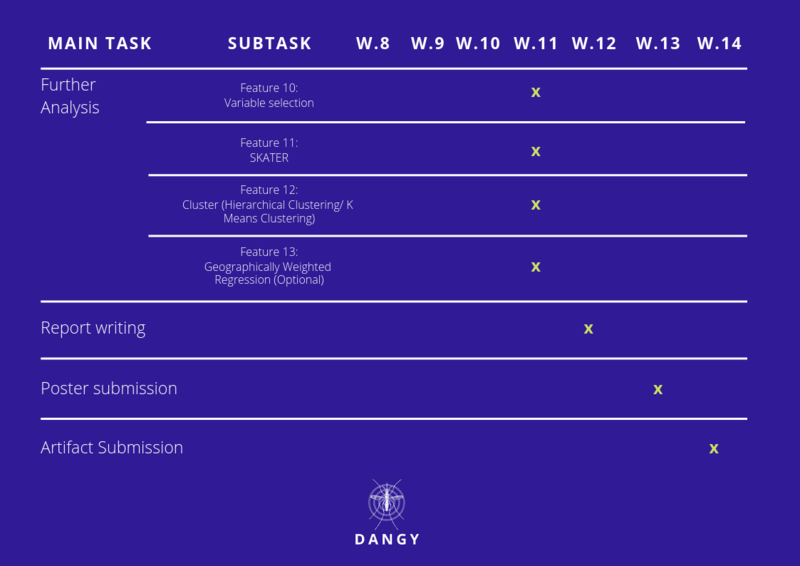Dangy
| Group Members |
Ang Kah Eng
Jerry Obadiah Tohvan
Tan Kai Xiang, Terence
| Project Motivation |
Dengue fever has for centuries been a prominent epidemic disease that plagued humanity. While normal dengue infections takes approximately a week to recover, complications like dengue hemorrhagic fever and dengue shock syndrome can be extremely severe, causing death. Today, even with our advanced healthcare and technology, there remains no proper cure or vaccine to combat the disease. This has allowed dengue to stay rampant in both developed and developing countries. Consider Taiwan, a country that has proven its evident economical growth and development, including its high level of healthcare services that means high international standards. Yet, according to the International Association for Medical Assistance to Traveller (IAMAT), health risks like air pollution and also mosquito transmitted diseases like dengue or chikungunya. In fact, IAMAT has listed dengue and chikungunya as its top general health risks on its website.
One of Taiwan’s health catastrophe was the 2015 dengue outbreak. Up to 2016, there were 15,732 DF cases reported. Also,136 dengue hemorrhagic fever (DHF) cases, of which 20 resulted in death. Most of its cases were reported from kaohsiung, southern Taiwan.
A study conducted on “Severe Dengue Fever Outbreak in Taiwan” has concluded that the the overall figure of its dengue outbreak have been associated with the outbreak in kaohsiung, southern Taiwan. The reason could be justified with the underground pipeline explosion combined with subsequent rainfall and higher temperature which enhances “the mosquito breeding activity, facilitating DENV transmission” (Wang, 2016).
One should not underestimate even the smallest figure of a disease. Diseases could have a ripple-effect on its transmission thus resulting to an exponential cases. Maintenance and prevention should always be done in order to avoid any possibility. Especially when it comes to mosquito-spread diseases in Taiwan. As mentioned previously, vaccine or specific therapy on dengue has yet to be developed. Thus, finding a means to implement effective control measures is paramount. This led us to this project, where we aim to develop an analytical tool that can facilitate in the study of dengue fever and guide the implementation of control measures.
| Data Sources |
| Data | Source | Remarks |
|---|---|---|
| Taiwan Dengues Statistics (# Cases by Region): | cdc.gov | |
| Taiwan Dengue Demographics (Age, County, Gender, Date): | cdc.gov | |
| Taiwan Hospitals dealing Dengue Cases | cdc.gov | |
| Taiwan Population Density | data.gov.tw | |
| Taiwan Gender Statistics | data.gov.tw | |
| Taiwan Water Protection Areas | data.gov.tw | |
| River Basin Range Map | data.gov.tw | |
| Taiwan Industrial Map | data.gov.tw | |
| Taiwan Weather and Climate Data | timeanddate.com |
| Project Description |
This project will develop an analytical solution that supports the study of dengue fever in Taiwan and similar states. The tool will offer historical data of various types for users to visualize and conduct statistical computation with. These data includes demographic spread, population density, weather and climate and dengue-prone locations such as water protection areas and industrial district. Through this, the tool will empower users to analyse the disease quickly and offer insight for authorities to take appropriate measure to prevent the breeding of dengue.
The project will also provide an analysis discussing the possible reasons influencing the spread of dengue across Taiwan using the developed tool. Through identifying hotspots and studying the transmission of dengue over time, this project will help us better understand patterns and discover strategies on how to curb with epidemics in future & steps to prevent Dengue in Taiwan and similar states.
| Project Timeline |



